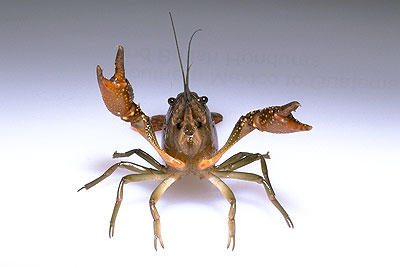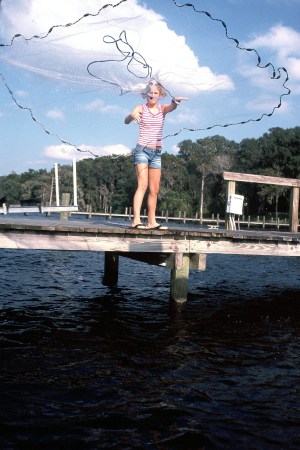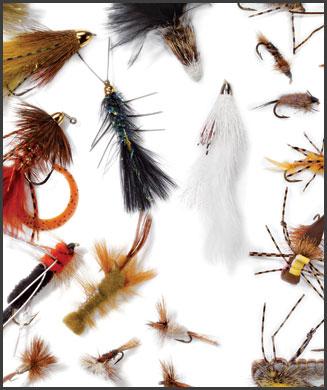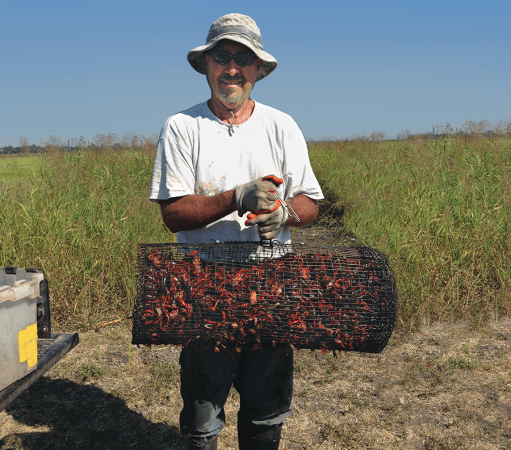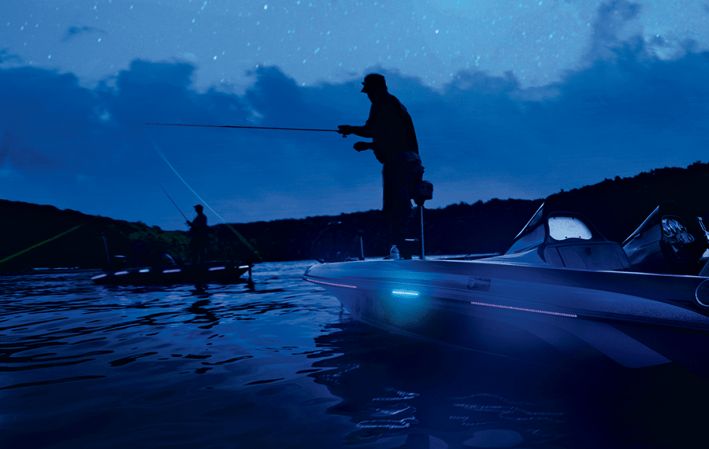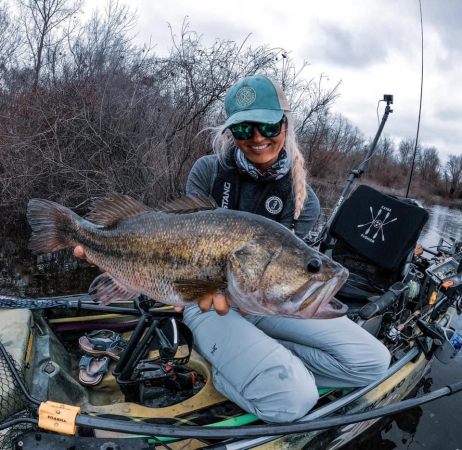
Beyond the bait-shop fathead lies a whole world of minnows, including shiners, dace and chub. Larger members of the minnow family, such as creek chub, can be caught on small dry flies or nymphs with a 3-weight fly rod and size 14 Humpy and Woolly Worm patterns. If fishing for your bait seems like way too much work, consider the following two methods, both of which can produce a mess of minnows. Traps: Minnow traps make it easy for a lone angler to gather up bait. The traps, made of light wire or hardware cloth, guide the fish inside through entrance cones at either end of a cylinder. Once inside, the fish are unable to escape. Bait the trap with some bread, salted crackers or dry dog food, and then secure it to a dock or tree limb in shallow water overnight. Seines: When you can't wait overnight for your bait, a seine is the way to go. Minnow seines, however, are somewhat awkward for one person to manage; a partner makes the process much easier. A seine is nothing more than a long, rectangular net with a pole on each end. One partner holds his end of the seine on shore while the other partner wades through the shallows holding the other, sweeping the seine in a wide arc to herd minnows toward the bank. Keep the lower edge of the seine against the bottom and the top out of the water to prevent minnows from escaping. Seining provides a quick and effective way to catch large numbers of small cyprinids along beaches and sandbars from late spring to early summer. Chad Mason
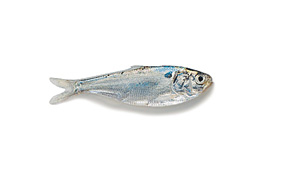
A member of the herring family, the gizzard shad is an open-water roamer that often amasses in the tailraces of low-head dams in summer. If you know how to handle a cast net, a single toss can often produce hundreds of shad from 2 to 10 inches in length. Dead shad make excellent catfish bait, but check your local regulations–using them as bait is illegal in some states. Live shad will also elicit strikes from walleyes, crappies and bass. Chad Mason
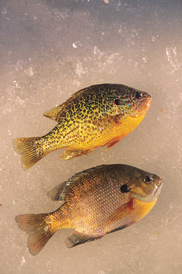
Suckers live mainly in streams and in small rivers. During their spawning run in the early spring, they'll congregate in swift riffle areas, offering anglers the best opportunity to catch them. Use worms fished right on the bottom to entice the subtle-striking bottom-feeders. One- or 2-foot-long suckers will produce enough bait chunks for an entire day of fishing.
Look to ponds, small lakes and reservoirs for sunfish. You can use a fly rod or an ultralight spinning rig outfitted with a casting bubble and popping bugs to catch the spunky panfish. Chad Mason
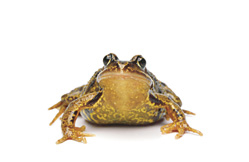
A live frog will often outproduce all other baits for largemouth bass. Wall-eye anglers should also try using frogs as bait in autumn, near places where marshes join the main lake. To catch frogs you need a headlamp and a long-handled, fine-mesh dip net. Slowly walk along the shoreline of a pond at night and look around for frogs to net. If they leap into the water before you can reach them, wait for the sediment to clear and shine your light into the water where the frog entered. You'll often see the reflected rays of your headlamp in the frog's eyes. Reach into the water with your net and scoop up the frog. Chad Mason
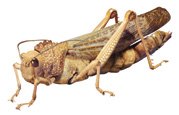
Easily found throughout summer and autumn, crickets and grasshoppers can be caught in your own backyard. To attract crickets, sprinkle sugar on a piece of stale bread or a fresh-sliced potato. In the evening, place your bait near a pile of wood or rubble and cover it with newspaper or a tattered cardboard box. Come morning, scoop up the crickets. Unlike crickets, grasshoppers are active during the day. Catching a mess of hoppers is as easy as strolling through tall grass with a butterfly net. In fact, you might even be able to catch enough for a day of fishing by using your hat! Chad Mason
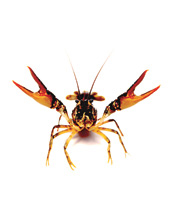
Bypass your local tackle shop for a wide selection of live critters.
